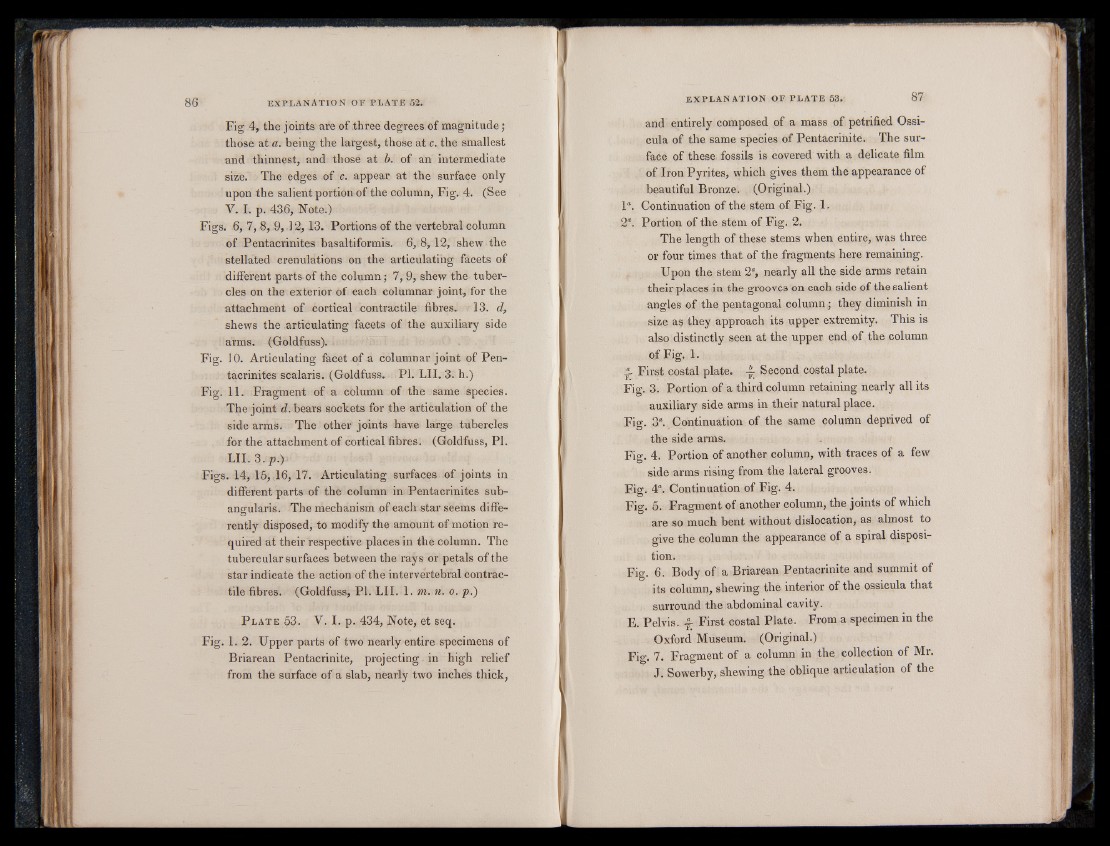
Fig 4, the joints are of three degrees of magnitude;
those at a. being the largest, those at c. the smallest
and thinnest, and those at b. of an intermediate
size. The edges of c. appear at the surface only
upon the salient portion of the column, Fig. 4. (See
V. I. p. 436, Note.)
Figs. 6, 7, 8, 9, 12,13. Portions of the vertebral column
of Pentacrinites basaltiformis. 6, 8,12, shew the
stellated crenulations on the articulating facets of
different parts of the column; 7, 9, shew the tubercles
on the exterior of each columnar joint, for the
attachment of cortical contractile fibres. 13. d,
shews the .articulating facets of the auxiliary side
arms. (Goldfuss).
Fig. 10. Articulating facet of a columnar joint of Pentacrinites
scalaris. (Goldfuss. PI. LII. 3. h.)
Fig. 11. Fragment of a column of the same species.
The joint d. bears sockets for the articulation of the
side arms. The other joints have large tubercles
for the attachment of cortical fibres. (Goldfuss, PI.
LII. 3 .p.).
Figs. 14, 15, 16, 17. Articulating surfaces of joints in
different parts of the column in Pentacrinites sub-
angularis. The mechanism of each star seems differently
disposed, to modify the amount of motion required
at their respective places in the column. The
tubercular surfaces between the rays or petals of the
star indicate the action of the intervertebral contractile
fibres. (Goldfuss, PI. LII. 1. m. n. o. p .)
P late 53. V. I. p. 434, Note, et seq.
Fig. 1. 2. Upper parts of two nearly entire specimens of
Briarean Pentacrinite, projecting in high relief
from the surface of a slab, nearly two inches thick,
and entirely composed of a mass of petrified Ossi-
cula of the same species of Pentacrinite. The surface
of these fossils is covered with a delicate film
of Iron Pyrites, which gives them the appearance of
beautiful Bronze. (Original.)
1“. Continuation of the stem of Fig. 1.
2“. Portion of the stem of Fig. 2.
The length of these stems when entire, was three
or four times that of the fragments here remaining.
Upon the stem 2°, nearly all the side arms retain
their places in the grooves on each side of the salient
angles of the pentagonal column; they diminish in
size as they approach its upper extremity. This is
also distinctly seen at the upper end of the column
of Fig. 1.
i First costal plate. ~ Second costal plate.
Fig. 3. Portion of a third column retaining nearly all its
auxiliary side arms in their natural place.
Fig. 3“. Continuation of the same column deprived of
the side arms.
Fig. 4. Portion of another column, with traces of a few
side arms rising from the lateral grooves.
Fig. 4“. Continuation of Fig. 4.
Fig. 5. Fragment of another column, the joints of which
are so much bent without dislocation, as almost to
give the column the appearance of a spiral disposition.
Fig. 6. Body of a Briarean Pentacrinite and summit of
its column, shewing the interior of the ossicula that
surround the abdominal cavity.
E. Pelvis. -f First costal Plate. From a specimen in the
Oxford Museum. (Original.)
Fig. 7. Fragment of a column in the collection of Mr.
J. Sowerby, shewing the oblique articulation of the